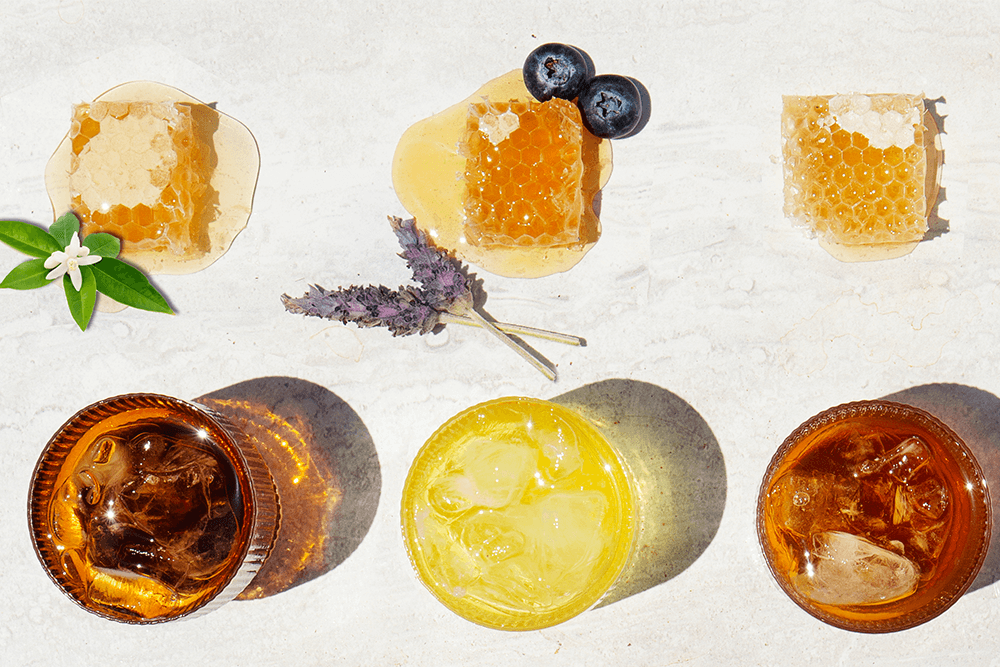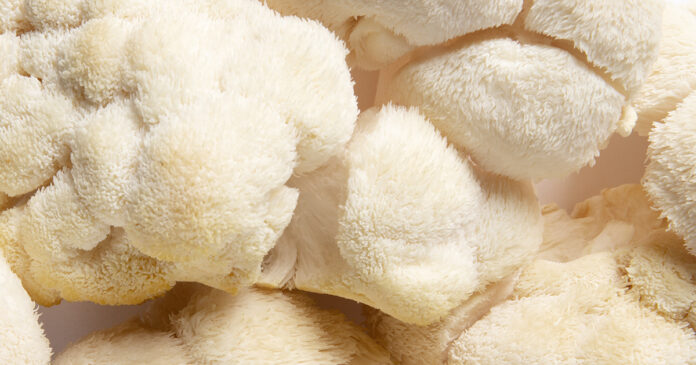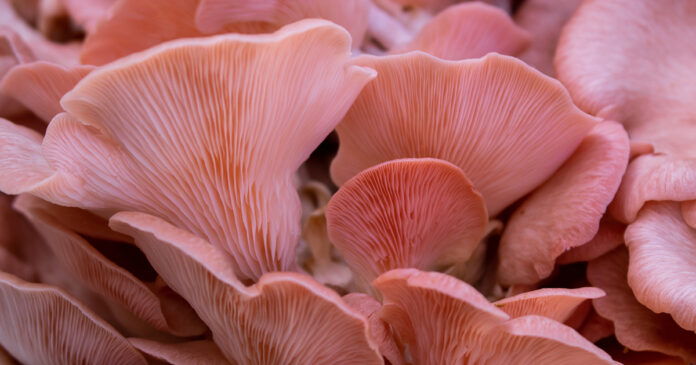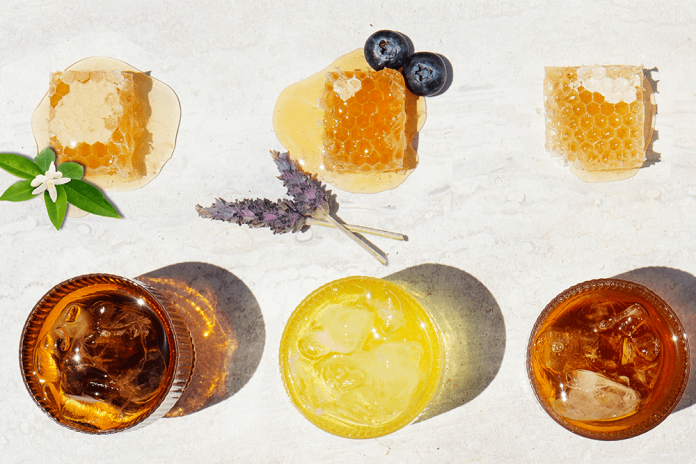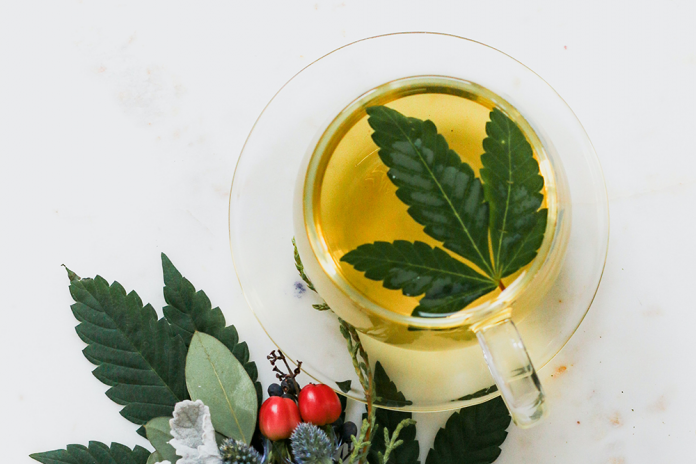You already know that taking probiotics can be helpful for your immune health, digestion and more (1), but what’s the deal with “Probiotic Tea”?
How’d the probiotics get in there? And are they good for us?
It depends! Today we’re talking about two very different types of probiotic tea:
- The new trend of producing a strain of probiotics and adding it to teabags.
- Naturally fermented pu’er and kombucha teas that have been used for centuries for their probiotic benefits.
We’re going to explore how effective these probiotic teas are, the differences between them, and the exciting ways that other teas can support a healthy gut and microbiome.
Spoiler: all high-quality white, green and black teas actually contain prebiotics that nourish a healthy microbiome, which may be equally or more important for gut health than obtaining living probiotics through your diet.
And while these teas have long been regarded in the East as a digestif that can settle the stomach after a meal, that belief has now also been validated by modern research. (2)
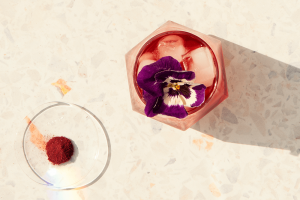
What Is Probiotic Tea?
Probiotic tea is any dietary supplement that contains tea (which can include true tea from the Camellia sinensis plant or caffeine free herbal tea) and living bacteria or other microorganisms. It works by increasing the beneficial bacteria in your gut, or at least that’s the theory behind it.
Commercial teas marketed as “probiotic tea” are a recent invention from mass-market tea corporations who have caught onto the popular wellness trend of using probiotic supplements to support gut health.
In essence, these teas amount to adding a single, industrially manufactured bacterial strain to normal herbal tea. And other than the novelty factor, they don’t offer anything special that you couldn’t obtain from taking regular probiotic capsules.
But if you know your tea history, you’ve already guessed that probiotic tea is anything but a recent invention.
As we’ll cover in the next section, there are several traditional ways of making tea that not only result in multiple natural strains of beneficial microorganisms, but also transform tea itself in delicious and delightful ways in the bargain.
Which Teas Have Probiotics?
Kombucha tea, raw pu’er, and ripe pu’er all contain natural beneficial bacteria and other microbes as a result of how they’re made.
And according to a 2016 peer-reviewed paper, traditionally made probiotic and fermented foods (like kombucha or pu’er) may offer additional benefits over modern manufactured probiotic supplements (which includes probiotics added to grocery store tea bags). (3)
Kombucha Tea
Kombucha is a probiotic drink made by fermenting tea liquid and sugar with a probiotic SCOBY or “mother” for 1-2 weeks.
During the fermentation process, the SCOBY metabolizes and changes the tea polyphenols and sugar, resulting in an effervescent, slightly sour, and uniquely delicious beverage that’s associated with health benefits including:
- Gut health support from probiotic Lactobacillus and Saccharomyces microorganism strains (4)(5)
- Cellular health support thanks to the powerful natural antioxidants from tea (6)(7)(8)(9)
- High levels of vitamin B1, B6, B12, and vitamin C, with a single cup offering more than the RDA of these essential nutrients (10)
If you want to dive deeper into the science of kombucha and how to make your own safely and inexpensively, we’ve got an entire article on the topic.
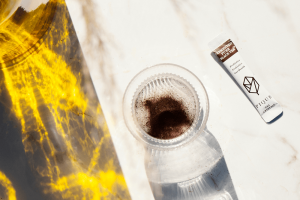
Raw Pu’er
Raw pu’er, also called green pu’er or sheng pu’er, is a tea from Yunnan, China that’s harvested and processed similarly to white or green tea. But unlike most tea, it’s then pressed into cakes and intentionally aged.
During aging, the naturally occurring bacteria living on the tea leaves gradually transform raw pu’er into something extremely special.
One analysis of several types of pu’er found 390 distinct fungal species and 629 bacterial species. (11)
These probiotic tea constituents are associated with health benefits including:
- Healthy blood sugar support(12)
- Healthy cholesterol support(13)
- Support for maintaining healthy body weight(14)
But equally important for tea lovers, the tea drinking experience itself also evolves into something not found with any other tea, which is why the most expensive tea in the world is rare, decades-old raw pu’er.
Ripe Pu’er
Ripe or “cooked” pu’er, also called shou pu’er, is created by heaping recently harvested tea leaves into a large, wet pile and leaving them in a warm environment for up to several months to encourage both fermentation and oxidation.
The process is similar to making garden compost, and the result is that the ripe pu’er reaches maturity much faster than raw pu’er.
Like raw pu’er, ripe pu’er is also from Yunnan, but it appears to be a more recent invention. In the early 1970s, a tea factory came up with the “wet piling” process to help meet the growing demand for aged pu’er tea.
Compared to raw pu’er, the ripe version doesn’t change as much with further aging because most of its transformation occurs during the initial rapid fermentation stage. (11)
Even though the experience of drinking shou pu’er is noticeably different from sheng pu’er, plenty of people still enjoy it as an authentic and delicious variety of probiotic tea.
Bonus: Prebiotics in White, Green, and Black Tea
Prebiotics are special compounds that may help support a healthy gut microbiome by feeding beneficial bacteria strains. (15)
Camellia sinensis tea contains several important types of prebiotics. Here are some examples:
Actually, polyphenols and other natural prebiotic molecules found in tea may be responsible for many of the health benefits of drinking tea thanks to their ability to support healthy gut bacteria.
And some gut health researchers even argue that prebiotics are more important to include in your diet than probiotics, so don’t discount the value of obtaining prebiotics by drinking high-quality tea. (15)
Does Probiotic Tea Actually Work?
Probiotic tea bags with added probiotic strains don’t offer any special advantage over taking normal probiotic supplements, but may be equally effective.
As with any dietary supplement, though, it’s best to understand exactly what you’re ingesting and any potential drawbacks or side effects.
Some manufactured probiotic teas available today use a probiotic strain with the trade name GanedenBC 30, which is also known as Bacillus coagulans GBI-30. This strain of Bacillus coagulans is formulated to survive boiling water and stomach acid to reach your large intestine. (16)(17)
Bacillus coagulans is what’s called a spore-forming bacterium. Most scientists believe that it’s not a natural part of the human gut microbiome, and it typically comes from soil. (18)
Some health experts have raised concerns over the use of spore-forming probiotics because they can colonize your gut and could be dangerous for people whose immune systems become compromised. (19)
And if spore-forming bacteria become opportunistic and start causing harm in your GI tract, it’s difficult or impossible to eliminate them using antibiotics. (19)
While spore-forming organisms from soil might appear to be a good idea at first glance, other types of probiotics that have a lower risk profile are probably the wiser choice for your gut health.
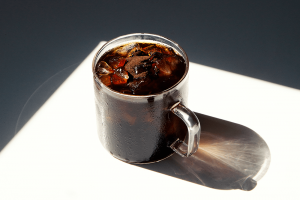
What’s the Best Probiotic Tea?
The best probiotic teas are raw pu’er tea, ripe pu’er tea, and homemade kombucha.
Not only do they taste great and offer a wider range of healthy natural bacteria, but they’re also safer and likely more beneficial for your health than mass-market “probiotic tea.”
Whereas commercial probiotic tea only has one probiotic strain, kombucha and pu’er tea are documented to have dozens and hundreds of different types of microorganisms respectively. (4)(11)
While many of the strains in pu’er may not survive being steeped in boiling water, research suggests that consuming probiotics that have been killed by heat can still have significant health benefits. (20)
Lastly, don’t overlook the significant gut health benefits of drinking high-quality, antioxidant-rich white, green, and black teas.
The polyphenols and other antioxidants in tea act as prebiotics, which help support a healthy microbiome by nourishing beneficial bacteria strains living in your gut. And according to some gut health researchers, there’s good reason to believe that regularly consuming prebiotics is even more important than getting probiotics in your diet. (15)
